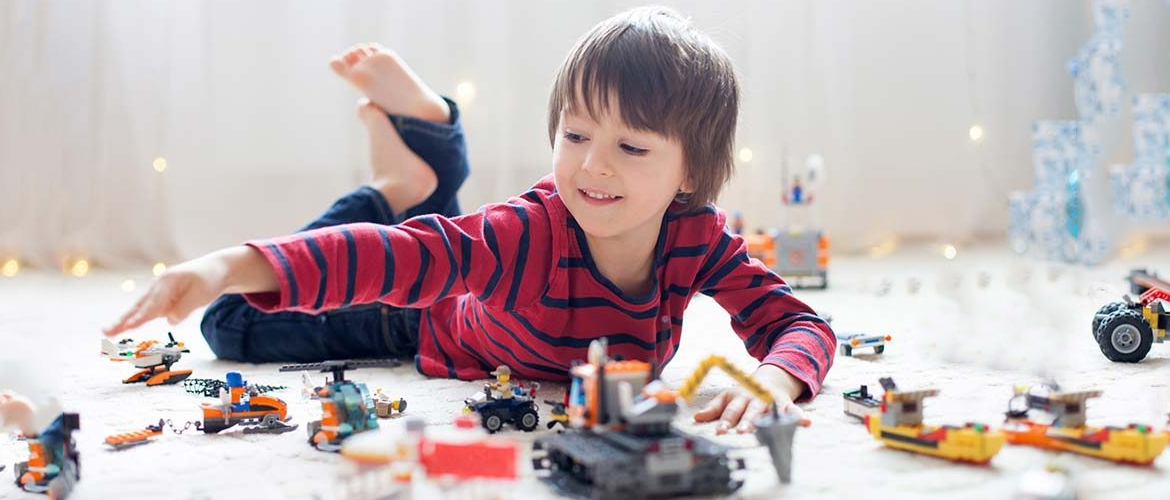Is toy rotation necessary?
Are you a new mother trying to give your kid the possible great start in life? If so, you should absolutely read this article! As a mother, you would constantly consider giving your child whatever they asked for. You would never say no to their requests from the love and affection you have on them. To keep kids interested, for instance, you may constantly try to purchase them new toys. But did you realise that exposing your child to a lot of toys at once could affect their development and behaviour? Toys may teach your child new things while also overwhelming them. This is where toy rotation plays a major role in the growth of your child. Read along to know in detail about toy rotation benefits and the art of toy rotation.
What is toy rotation?
Overwhelming your child with too many toys at once is possible. Your child will become confused if there are too many options available to them. Toy rotation is nothing more than the straightforward practice of periodically rotating the toys. To identify the toys and lay aside the damaged and missing ones is the first step in the toy rotation process. For instance, it is necessary to separate toys associated with medicine and the kitchen. Knowing that children learn from what they observe and hear is vital. Their native language is the most simple illustration of this. Even though you teach them the language as a parent, your children could still readily pick it up by seeing and listening to you. A child that is exposed to too many languages at once will undoubtedly become overwhelmed and not even be able to learn either of the two languages correctly. Similarly, exposing your child to too many toys may overwhelm them and kill their capacity for creativity. Continue reading to know about toy rotation storage ideas.
Toy rotation storage ideas
- As stated, it’s essential to sort the collection of toys into categories and get rid of any that are damaged or missing.
- Select a few toys and set them aside. Pack the remaining items secretly from your child and store them in a location where they won’t know they are there.
- Teach your child how to organise things while simultaneously letting them play with the toys. Your child will naturally consider using the toys in various ways when there aren’t many of them. By watching how you organise them, they will likewise take good care of it and learn how to organise themselves.
- Toy rotation will also assist your child in avoiding materialism and in teaching them the worth of various objects.
- Toy rotation is not subject to any fixed schedule. Parental involvement over the schedule is unrestricted. Each day, once each week, or once every two weeks, you can rotate. However, it is usually best to begin the practice as soon as you can so that your child can become used to it.
- Toy rotation will help you as a parent in maintaining a tidy home.

